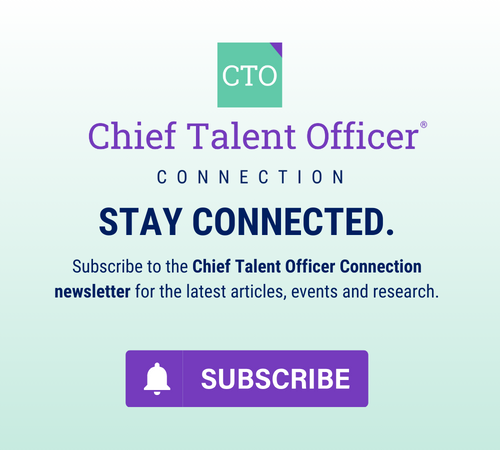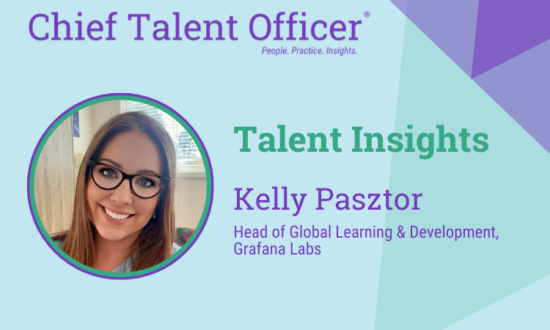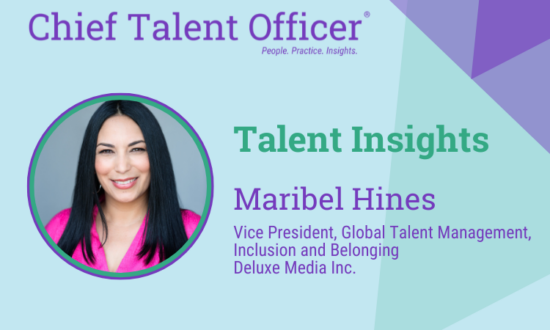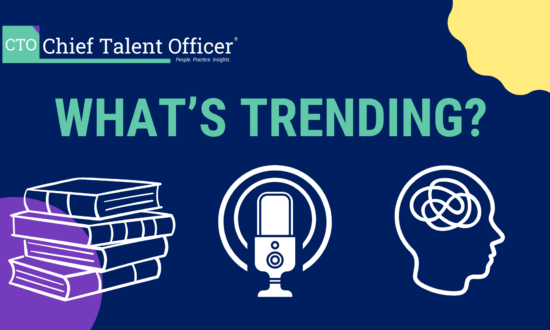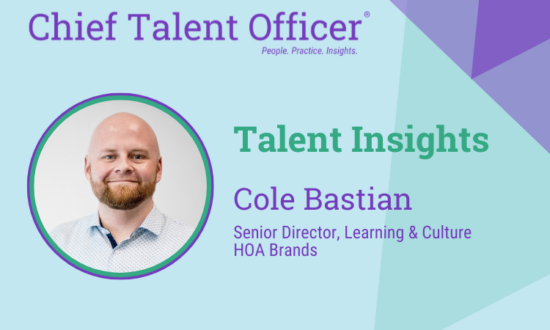When Ritz-Carlton Hotel co-founder Horst Schulze coined his 24 Standards of Service, I doubt he ever would have dreamed HR professionals would be taking a page out of his book. Schulze crafted these standards to define what great service should look like; service that anticipated hotel guest needs and left them with positive emotions about their experience even after they left the premises.
I first heard of these standards through a professional development session. While at first I didn’t understand the relevance of a customer service mantra to my work as an HR professional, the comparison in hindsight is so clear that it now guides everything I do.
At their core, the 24 Standards of Service are about defining what world-class service looks like so all parties within an organization are aligned and can consistently and measurably provide service to everyone they interact with.
As an HR leader, the people within my business are our most important customers. After all, the external service we provide is only going to be as good as the internal service we’re providing to one another. The foundational element that human resources creates is crucial to fostering that environment.
The standards of service need to be applied at the highest level within your HR team. How employees engage with every internal and external interaction is indicative of the service your company will provide to external clients – that’s why prioritizing that internal standard of service is so important.
My interpretation of “world-class service” is being able to provide value to our customers. Of course, that’s going to look different from person to person and from role to role. One of the first things our HR professionals underscore when someone joins our team is that empathizing with, and understanding our customers is paramount to the work we do.
Our HR department started a “day in the life of your customer” program that every employee participates in shortly after joining our team. They get to see and experience what a typical day is like for whoever their customer is, whether that’s an external client or a colleague in another department. The ability to build empathy and put yourself in the customer’s shoes helps our team members connect to them on a personal level.
It then becomes easier to extrapolate other needs and desires from the empathy-based approach to the customer. Our employees are skilled at anticipating and meeting customer needs, adding value wherever they can and providing exceptional experiences. An enormous reason for that is because we’ve instilled into our company culture that our most important customers are the people who depend on us to do our jobs with empathy and precision – whether that’s our colleagues within the company or our external customers.
As all HR professionals know, providing a stellar level of service is never a one-size-fits-all gig. In fact, it can be incredibly challenging to customize employee experiences to every individual’s unique needs – which, coincidentally, is Number 16 on Schulze’s list.
HR professionals should place compassion for employees and their situation at the forefront of every communication, whether that’s one-on-one with employees or when communicating company culture to existing employees or new talent. Customizing your message based on how you’re going to be able to influence or connect with others on a personal level is a cornerstone of a solid HR strategy.
In my workplace, we use a behavioral assessment that helps us understand the best ways to communicate with one another. Everyone in the company can easily access the assessment’s results so we all have a clear understanding of how we communicate with one another. Within their first 90 days, employees are trained on how to read these results, and what that means for how their colleagues like to receive information and navigate situations. It’s all part of the HR responsibility to, as Schulze said, customize experiences to unique needs.
Another source of inspiration that I share often is the servant leadership philosophy – the idea that business leaders exist to serve and care for their employees, who in term serve and care for their external customers. This philosophy encourages leaders to enhance staff development, find ways to bring out the best in their employees, and lead with humility, rather than authority.
In our HR group, an essential requirement for every representative is to experience and learn about all the roles within the groups they support. This empowers us to lead employees by example, and with empathy. At least once a year, every HR representative in our company spends at least an hour with each person in each department so we can adjust our recruitment processes, better mediate disputes and attract new talent. From the warehouse floor to the office suite, we often uncover new challenges and learn new facets of our company that we didn’t even know existed – which is yet another surprising place in which I’ve learned leadership lessons.
While the HR department in any given company is often looked down upon as the “bad guy” or the “principal’s office,” your leadership holds a vital sway over a company’s operation, morale and culture. By approaching your leadership with a servant’s heart and an open mind, spreading positivity and transforming mindsets throughout your workplace will become even easier.






